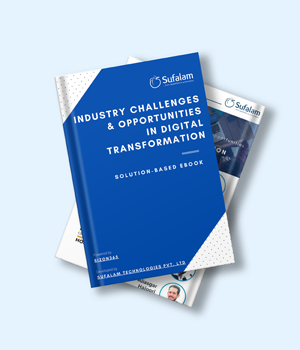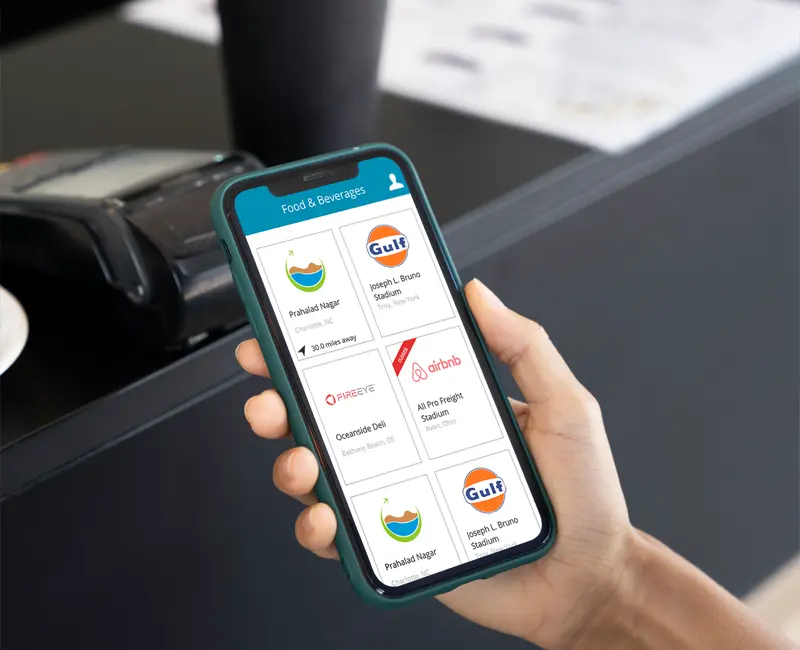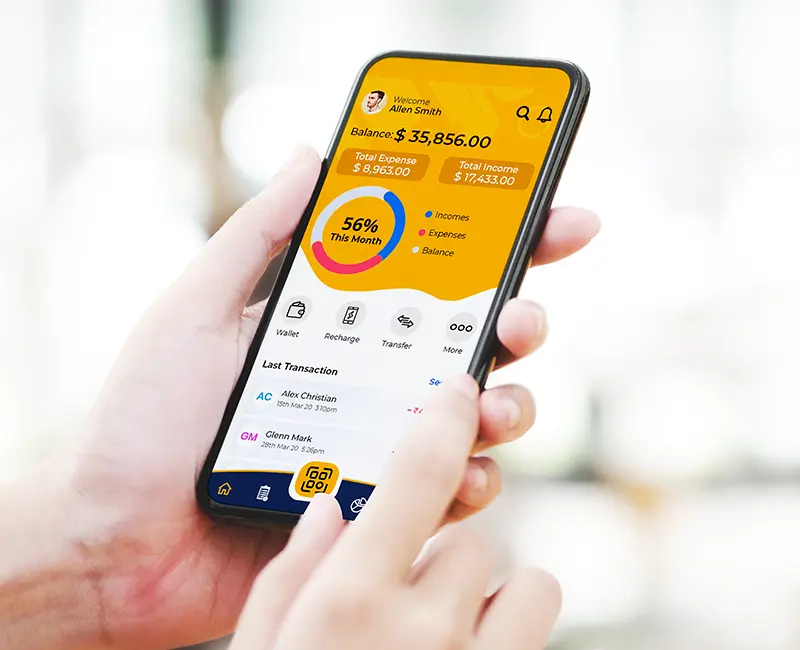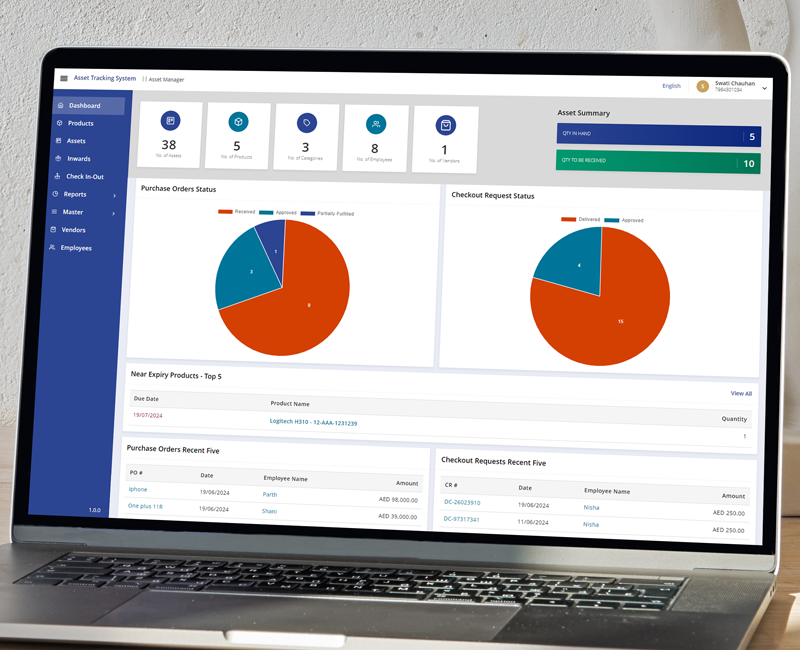Table of contents
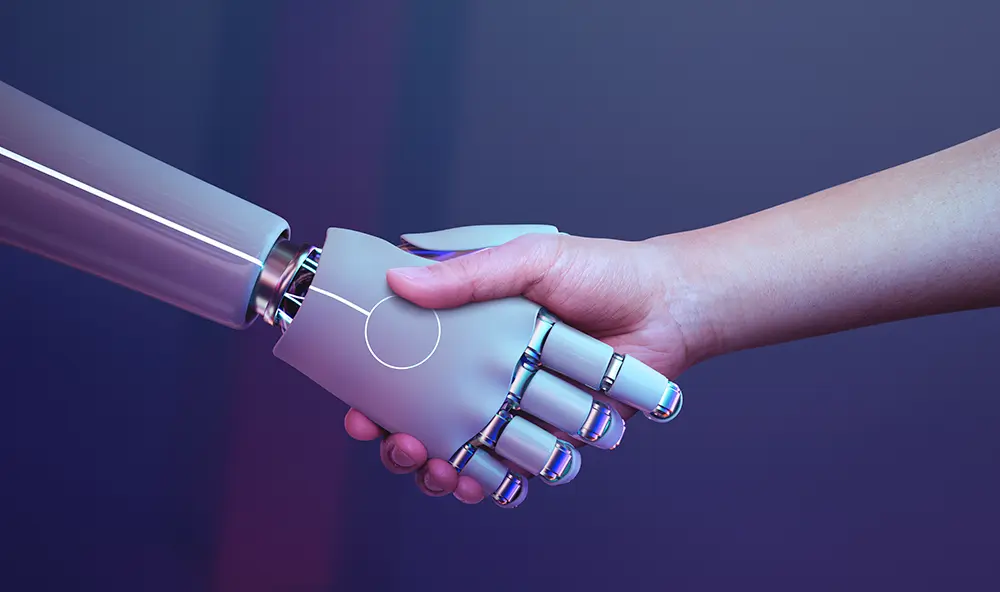
In light of the rising popularity of OCR and AI Machine Learning, more and more business leaders are looking for methods to improve their business using this deadly combo.
If you are one of them, read on & learn more about OCR, how OCR is enabled by machine learning and how it may offer business benefits, and much more.
The Impact of AI on OCR
Optical character recognition (OCR) techniques are being revolutionized by artificial intelligence. OCR is a type of computer vision that scans text images and translates them into machine-readable formats. To put it another way, it translates handwritten or typed text from physical documents into digital ones.
Many business owners in the 1990s employed OCR, also known as text recognition, to turn physical data into digital data. Since that day, OCR technology has advanced in quality, but the desire for more accessibility has grown. OCR’s utility has been enhanced by recent AI breakthroughs, which have improved accuracy and speed. With artificial intelligence, human monitoring isn’t needed at every step.
Business Benefit From OCR & Artificial Intelligence
Easy Digitalization
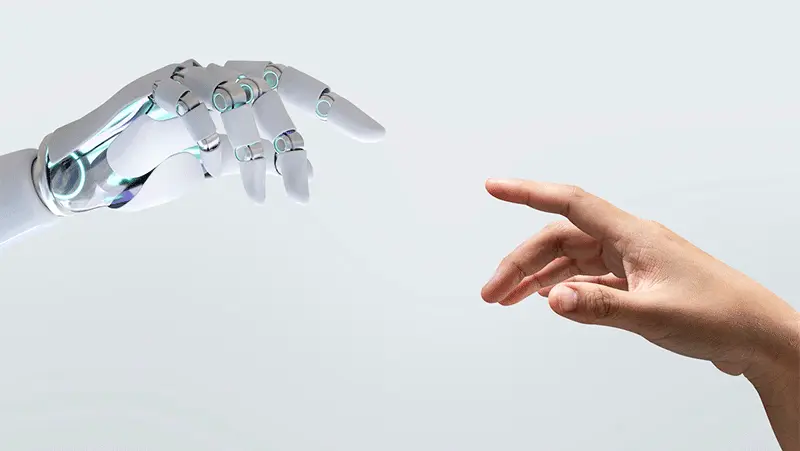
Before OCR, translating physical text to digital was a time-consuming and error-prone process. Thus the transformation takes less time with OCR and is more accurate to the original content. Viewers can modify, organize, and search a document after OCR turns it into digital data. They can also quickly share it via email, embed it in a website, and save it as compressed files. This, of course, reduces the need for actual storage space, resulting in cost savings for enterprises that rely significantly on paperwork, such as mortgage companies or law firms.
More Accurate Results

Using a combination of OCR and AI and machine learning (ML), teams can more accurately convert text and check for problems that may happen during the conversion. AI can also better comprehend handwriting, allowing for the digitization of a wider range of documents. Due to the unique characteristics of each human, handwriting remains a problem for AI, but with more handwriting training data, robots are becoming more capable in this area as well.
No Supervisors Needed
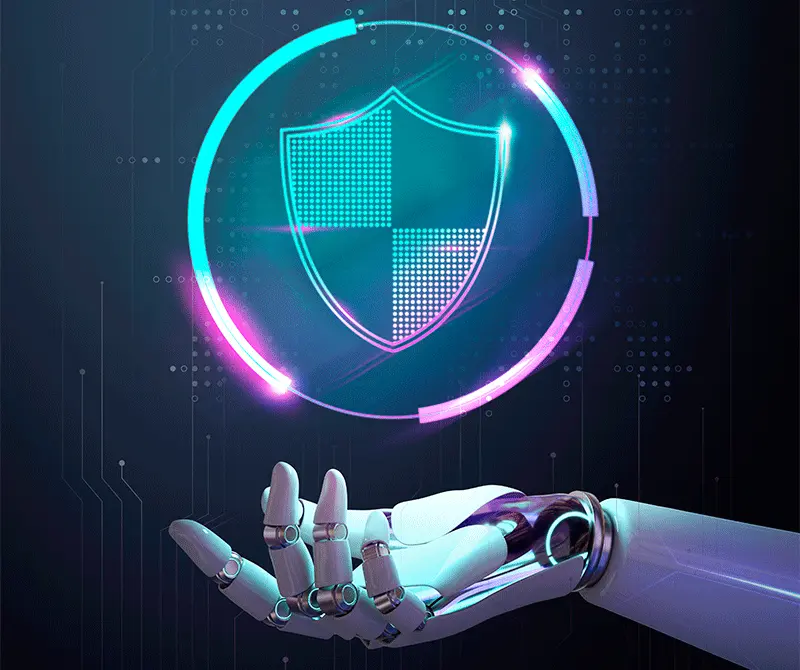
As an example of AI-powered OCR, picture how such a technology could digitize print bills. Let’s pretend the scanner mistook the invoice total for $800 when it was actually $8,000. Before AI, the OCR program would miss this error, and it would have to be caught by human review. However, using AI technologies, an algorithm can review the entire document, compute that the subtotals for services rendered should amount to $8,000, and correct the error without the need for human intervention.
Effective & Efficient
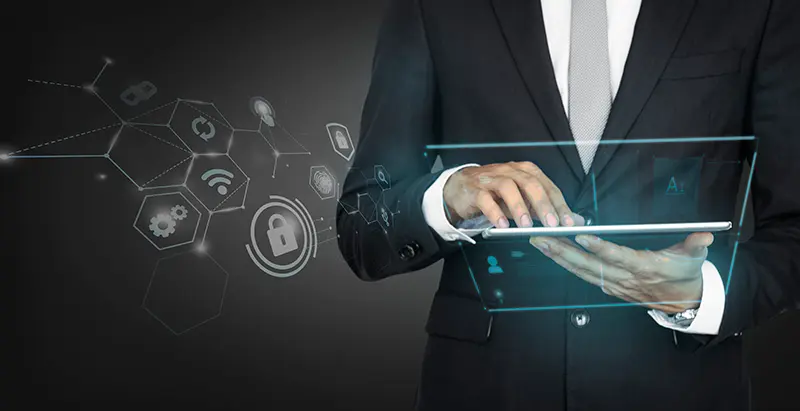
Use Case of Optical Character Recognition (OCR)
Data Classifications

By using OCR, postal offices can sort letters and banks can deposit checks electronically. OCR can also be used for data classification.
Data Processing
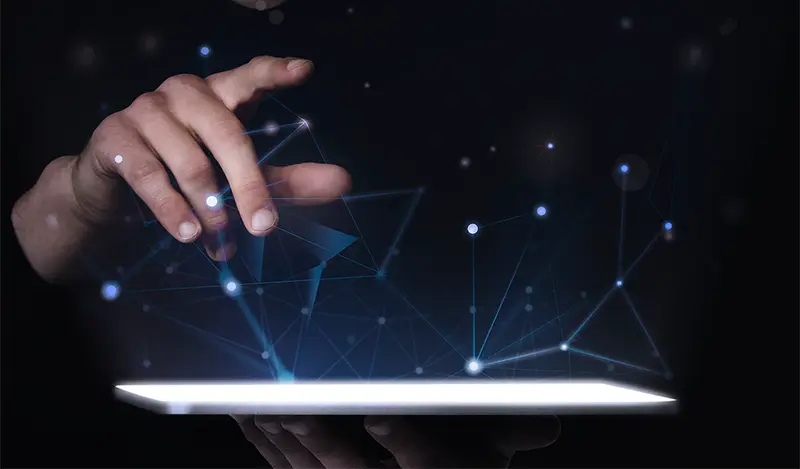
One of the most common applications of OCR is data entry. It allows companies to convert physical copies of legal and other business documents into PDF files that workers can edit, style, and search exactly as they would in a word processor.
Others

Use Cases of OCR in Various Industries
However, as businesses progressively go digital, OCR technology is expected to become a business demand. In this piece, we will look into OCR Use Cases in seven industries.
- Communication
- Legal
- Insurance
- Banking
- Tourism
- Healthcare
- Retail & eCommerce
Conclusion
The methodologies, design, and tools that will be utilized to develop OCR software are heavily influenced by the formulation of business goals. The data should be as relevant to your project’s aims as feasible. Developing an efficient OCR solution using machine learning is a daunting process, so it’s best to consult with experts from Sufalamtech to make sure everything goes smoothly.

